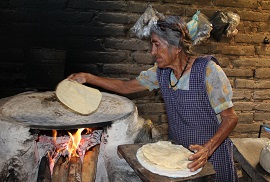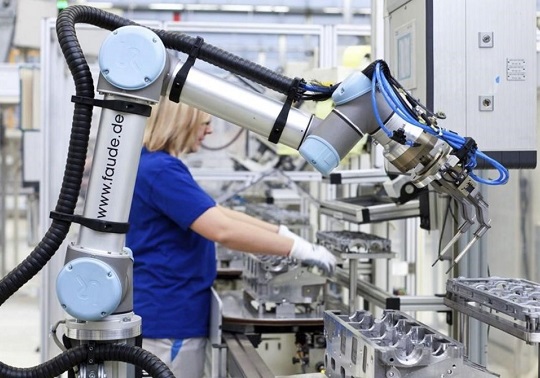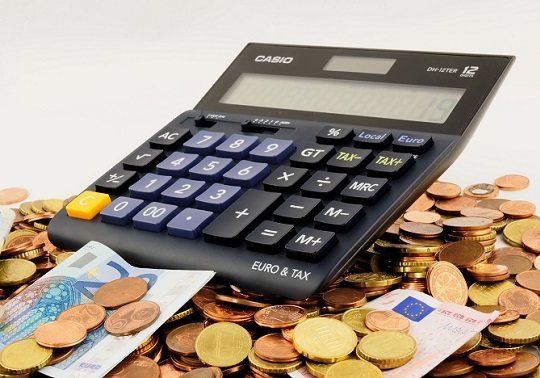
The purchasing power of Mexicans has considerably decreased for the last few years. The minimum wage is much lower than the levels recommended to cover basic expenses, something that limits the life quality of the citizens and increases inequalities.
9 june 2016
The purchasing power of the minimum wage has decreased by a 70%. Although the National Committee for Minimum Wages (Conasami) assured that the salary should rise to 200 pesos a day, currently it is still of 73 pesos a day, after a rise of 2.9 pesos at the beginning of this year.
In order to define the life level of the citizens, Mexico has the Canasta Obrera Indispensable (COI) indicator. This index takes into account the main expenses of a family with four members: food, water, energy, transportation and all the minimum necessities to live for an entire month. The percentage of Mexicans who have access to the COI has decreased in the last decades. In the 80s, a 94% of the population reached this level, however, in 2006 only a 16% overcame this barrier.
The minimum wage is 73 pesos a day, while the minimum amount to cover basic expenses rises to 450
The price of the COI was around 450 pesos a day in 2015, a figure that was far away from the current minimum wage with which many workers survive. Last year, a 46% of the population overcame the poverty line, a percentage that has not suffered important variations in the last five years.
The pay gap between poor and rich people is very broad. The richer 10% wins 30.5 times more than the the 10% of population with lower income. The income inequality is one of the main problems suffered by Mexico. The Latin-American country is the second state of the Organisation for Economic Co-operation and Development (OECD) with a higher inequality between the people with higher income and the people with lower earnings.
Rising wages
El debate económico se sitúa en qué políticas económicas adoptar para tratar de solucionar el problema de la pobreza y facilitar el acceso de un mayor grueso de la población a los niveles de vida básicos. Una de estas propuestas es aumentar el salario mínimo de los trabajadores que ha subido de forma muy paulatina, en los últimos diez años ha ascendido un total de 25 pesos por día.
The economic debate is focused on which economic policies shall be established to solve the poverty problem and enable the access of a bigger sector of the population to the basic life levels. One of these proposals is to increase the minimum wage of the workers, which has gradually increased in the last 10 years up to 25 pesos a day.
The decision to implement this policy to foster the economic development would influence other fields that take the minimum wage as a baseline. For example, some subsidies, grant awarding or even the payment of a fine depends of that indicator to calculate the amount. This way, a change in the payment basis would affect the functioning of other spaces where it should produce a rapid adaptation that would probably result in a higher disbursement by the institutions.
One of the main threats of this measure could be the possible inflation rise. The increase of the purchasing power, which would allow this rise of many families’ wages, could trigger an increase of consumer prices. This fact could end with the improvements of the life quality of












